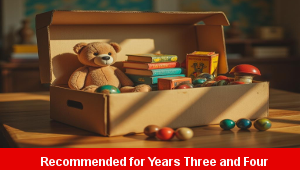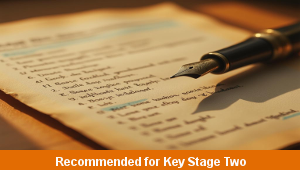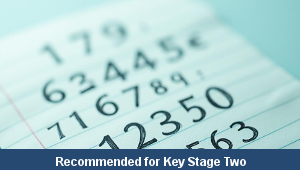Lesson Three – Story Sentences

This English teaching pack for Key Stage Two gets the children to practise modelling how to change a selection of sentences from different story genres by using fronted adverbials, relative clauses and conjunctions.
The class can identify and describe the narrative features of different story genres such as science fiction and detective stories to use when changing the sentences.
Download this teaching pack including a lesson plan, classroom activities and an interactive presentation to practise modelling how to change a selection of sentences from different story genres by using fronted adverbials, relative clauses and conjunctions
Activities in this teaching pack include a set of cards to select a range of sentences from different story genres to model how to edit and change using fronted adverbials, relative clauses and conjunctions to add extra parts and clauses that match the features of each genre style.
The interactive presentation gets the children to explore how to change sentences from different story genres by using fronted adverbials, relative clauses and conjunctions.
This lesson is part of an English scheme of work to get the children to investigate how authors use different settings to advance the plot in a story, practise adding the suffixes able and ible to word roots and write complex sentences incorporating punctuation and conjunctions. There are teaching activities for shared learning, differentiated worksheets to support independent learning and interactive presentations to introduce concepts and key skills.
-

Determinant Lists
Explain and model how to make lists of objects used and found in different locations to match the correct determinants of a and an
-

English SPAG Assessment
Assess abilities in composing sentences for fiction and non-fiction using the correct spellings, punctuation marks and grammar vocabulary phrases
-

Maths Arithmetic Assessment
Assess abilities in solving arithmetic number problems for addition, subtraction, multiplication and division when working with informal and formal written calculations
-

Environment
Identify and describe some of the special landscapes and locations that can be found in the world and reflect on how they can be protected and preserved for the future
